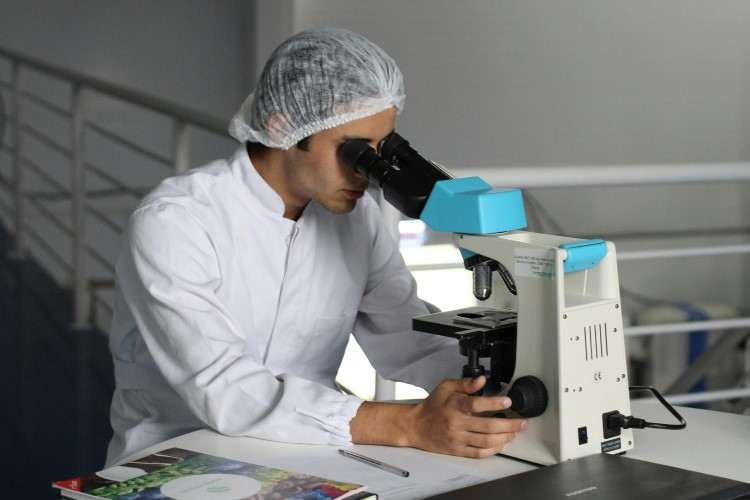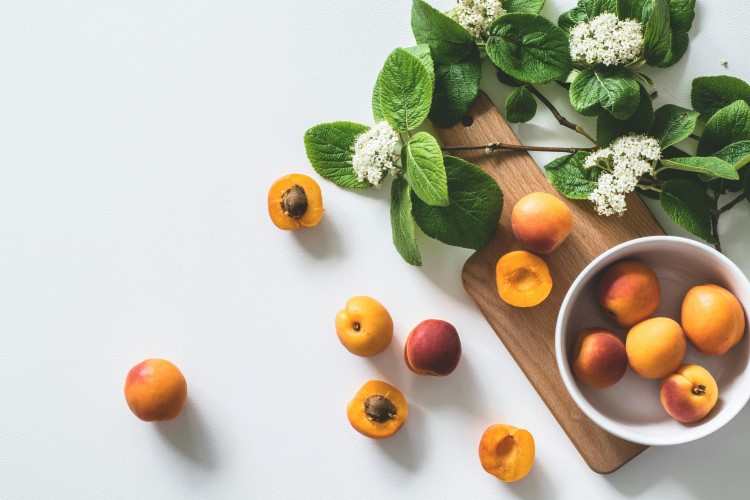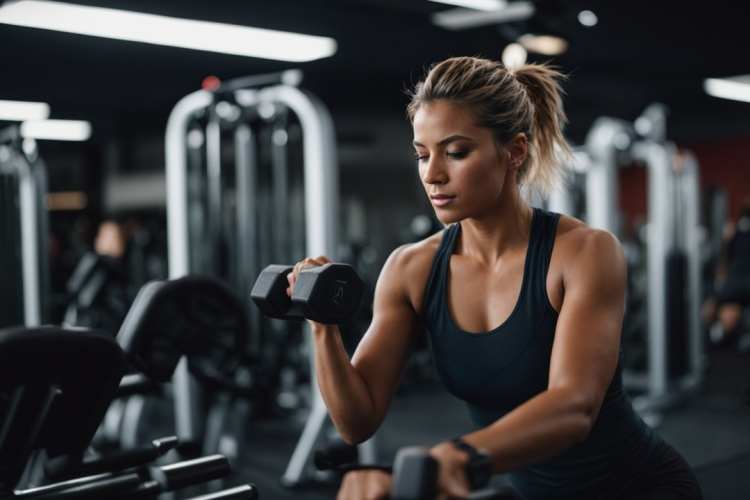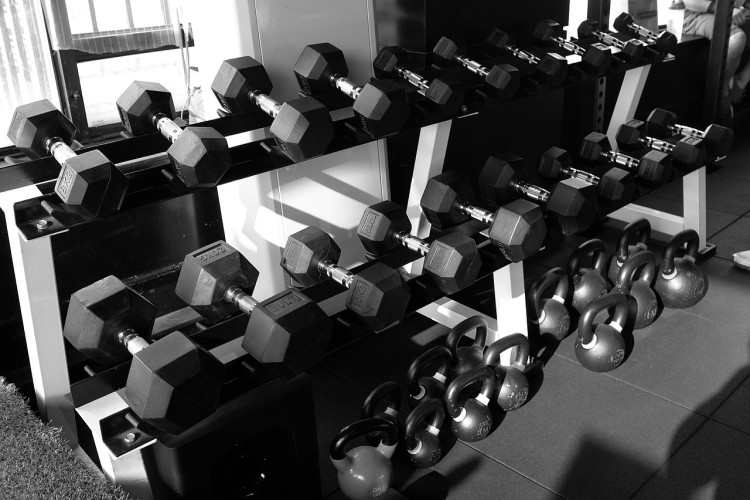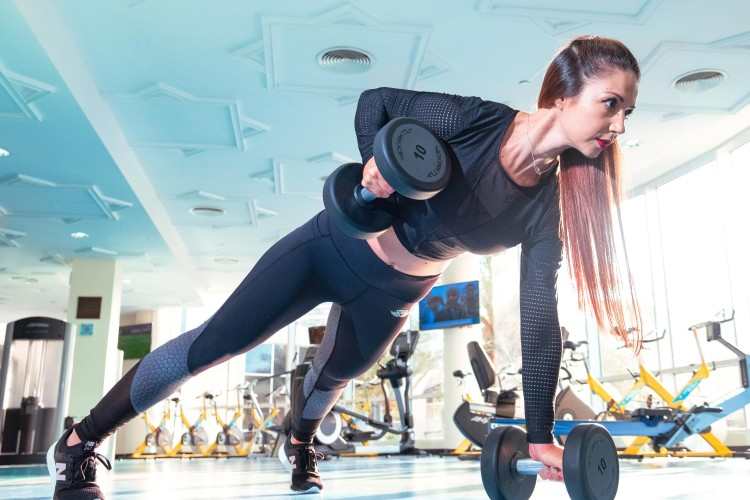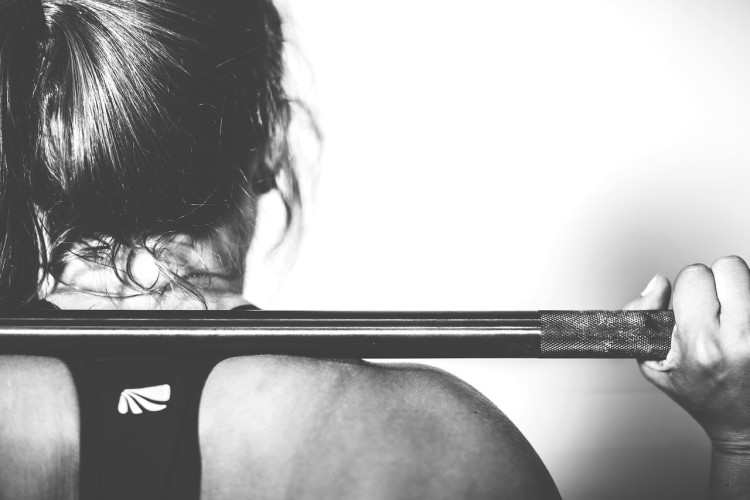- CONTACT US
- AFS
- Business
- Bussiness
- Car
- Career
- Celebrity
- Digital Products
- Education
- Entertainment
- Fashion
- Film
- Food
- Fun
- Games
- General Health
- Health
- Health Awareness
- Healthy
- Healthy Lifestyle
- History Facts
- Household Appliances
- Internet
- Investment
- Law
- Lifestyle
- Loans&Mortgages
- Luxury Life Style
- movie
- Music
- Nature
- News
- Pet
- Plant
- Politics
- Recommends
- Science
- Self-care
- services
- Smart Phone
- Sports
- Style
- Technology
- tire
- Travel
- US
- World
- エンタメ
- スポーツ
- 科学
- 経済
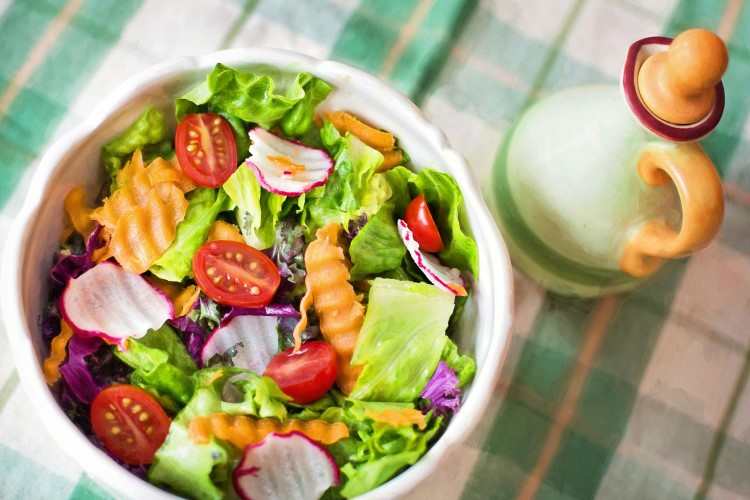
This autumn-winter flu season: Immune debt of the masses. Does immune debt mean all — especially children — must experience this wave? No, solutions exist in modern medicine and earlier-opening Western countries. There are three types of methods:
Type 1: Protection
These are basically COVID equivalents; Wash hands, wear masks and avoid confirmed cases.
During respiratory illness surges, hand hygiene still matters. Arm your children’s backpacks—and yours—with alcohol-based rub or wipes. Teach children to wash hands before eating and drinking; also after touching potentially infected surfaces and people who sneeze/blow their nose.
Wearing masks reappeared as a frontline defense. Change your mask after coming home from public places. If Grandpa/Grandma is going to clinic, or when kids are at school—wear masks and only take off while eating.
If multiple students in the class are sick, isolation is advisable. Keep sick children apart and, if possible, home-isolate them temporarily.
Type 2: Exposure
There are two methods for this.
Planned exposure: Vaccination.
In immune debt, getting every vaccination will help. Often schools/communities drive the annual flu vaccination campaign — step up this year. Check with local clinics or online for catch-up schedules especially those pandemic-delayed childhood vaccines (MMR, DTaP). Now many Parents dread infections at clinics and paradoxically increase children's diseases.
Environmental exposure: Socialize and get into nature.
Viruses and bacteria are outside, but complete home-stay returns the fragility of pandemic. Post-pandemic viruses/bacteria remain; without any exposure, immunity is left naive.
Go out with basic protection — mask and hand hygiene. Some minor infections might occur, but symptoms tend to be mild thereby building resistance.
Conclusion
We cannot be the isolated flowers of sterile greenhouse. Daily interaction with microbe trains immunity. With proper protection and controlled exposure, resilience builds allowing us to live alongside pathogens.
LATEST POSTS
- 1
 All the ways Marjorie Taylor Greene has shifted her approach lately — and why Trump is 'surprised at her'
All the ways Marjorie Taylor Greene has shifted her approach lately — and why Trump is 'surprised at her' - 2
 Visiting This Japanese City Just Got A Little More Expensive (Here's What Travelers Should Know)
Visiting This Japanese City Just Got A Little More Expensive (Here's What Travelers Should Know) - 3
 BravoCon 2025: How to watch, full schedule and lineup, where to stream free and more
BravoCon 2025: How to watch, full schedule and lineup, where to stream free and more - 4
 Full SNAP benefits must be paid ‘promptly,’ USDA tells states as government reopens
Full SNAP benefits must be paid ‘promptly,’ USDA tells states as government reopens - 5
 What to know about Jack Dorsey's new Vine revival, DiVine
What to know about Jack Dorsey's new Vine revival, DiVine
 How to scientifically supplement vitamin A and how much?
How to scientifically supplement vitamin A and how much? Daily Steps for Health: How Much Walking?
Daily Steps for Health: How Much Walking? Do We Truly Need Extra Mineral Supplements?
Do We Truly Need Extra Mineral Supplements? Golden 8-hour sleep adds 5 years to life
Golden 8-hour sleep adds 5 years to life Should You Take Calcium Supplements and How?
Should You Take Calcium Supplements and How? Maintaining oral health: Choosing the Right Toothbrush Matters
Maintaining oral health: Choosing the Right Toothbrush Matters Clinic Case Study: Avoid Prolonged Sitting
Clinic Case Study: Avoid Prolonged Sitting Diet, exercise, and stress management can also improve gut microbiota
Diet, exercise, and stress management can also improve gut microbiota The health hazards of prolonged use of electronic products
The health hazards of prolonged use of electronic products






